-
 Hacettepe Teknokent, 4.Arge Binası
Hacettepe Teknokent, 4.Arge Binası
B-Blok No:9, Çankaya Ankara Türkiye -
 +90 312 227 02 64
+90 312 227 02 64
-
 info@hoytek.com.tr
info@hoytek.com.tr
-
 Hacettepe Teknokent, 4.Arge Binası
Hacettepe Teknokent, 4.Arge Binası
B-Blok No:9, Çankaya Ankara Türkiye -
 +90 312 227 02 64
+90 312 227 02 64
-
 info@hoytek.com.tr
info@hoytek.com.tr
ROVs IN PORT AND HULL INSPECTIONS
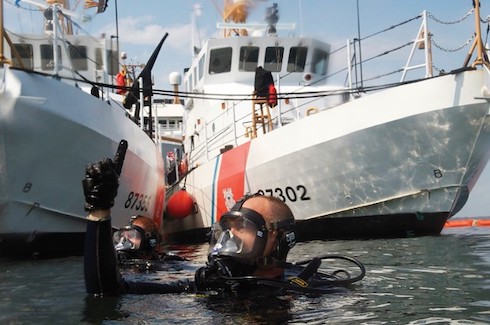
In the shipping industry, ships and ports are subjected to regular inspections. These inspections, which are important for the protection of the structural integrity of ships and ports and also for safety, are carried out at regular intervals. We can examine these inspections under two main topics:
- Structural Integrity Inspections
- Port Security Inspections
Structural Integrity Inspections:
These inspections are regularly carried out at intervals which are suitable for both the ships and the ports. Structural examinations of ports include examining functional and static structures of ports. These inspections are designed to determine the wear, deterioration and renewal needs of the harbor structures and mechanisms that are caused by usage and natural conditions over time. The reports that are generated as a result of the examination are processed accordingly.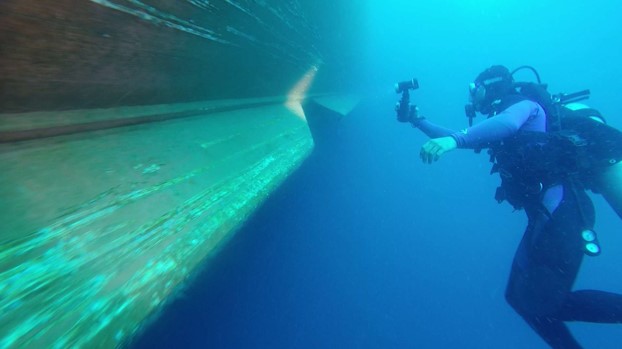
Structural inspections of ships are obligatory operations that must be done regularly in the determined intervals. These inspections should be done carefully so that the ships can continue to provide a healthy service. These inspections are carried out at sea or on land depending on the examination procedure and the timetable. For the inspections carried out on land, the ships are taken to the land and the necessary examinations are carried out in the dry pools. In the case of sea-based examinations, the examination is carried out by divers and / or ROVs. Damaged or worned out parts that occur in the hull of the ship are identified and, if necessary, the ship is towed to land for maintenance.
Since landing is an expensive procedure, it is preferable to conduct a survey in water. ROV usage is ideal when it is dangerous for divers. At the same time, ROVs can stay underwater for an indefinite period of time and record their measurements in detail. Since ROVs are becoming more compact and having increased maneuverability, their usage have increased in recent years.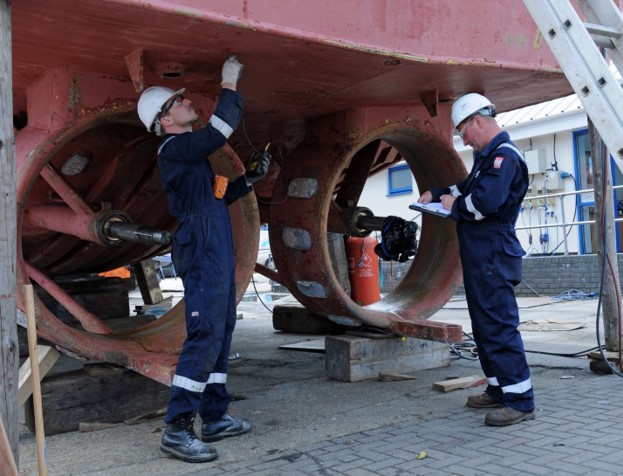
Port Security Inspections:
Although the port security regulations of each country may differ, in principle, port and inland water security methods are very similar. It is important to control the approaching vessels to ports to prevent both smuggling (human, material, etc.) and crime (terrorist acts, organized crime organizations, drug and / or weapons being introduced into the country etc.).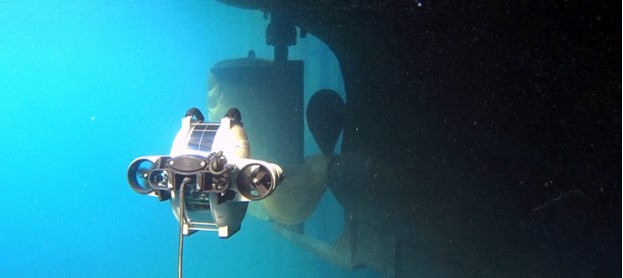
Port security checks are carried out on the ships in two ways: The first one takes place on board by checking the ship’s employees and their passengers, the ship’s documentation and the transport manifestos. It is checked whether the manifest is matched with the items being moved. The second one is to examine the remaining parts of the ship in the water. This part is done with divers or observation ROVs.
Recently, it has been recorded that underwater cargo containers attached to the ship’s hull or pulled by the ship carrying illegal cargo, weapons, ammunition and explosives and mainly drugs, are being smuggled into countries through ports. In 2016, 416,000 pounds (188695 kg) of drugs were seized by the US Coast Guard and 39,000 weapons were caught. As of 2012, 80 percent of the drugs entering the United States have been identified as being sneaked into the country by sea. Likewise, drug trafficking in the Mediterranean has recently begun to increase. In the 1980s it was determined that 1,5 million trucks and 4 million cars have carries drugs from the Middle East to Europe by road. Given that there is an average of 20 to 50 kg of drugs per transport method, it has been observed that there are between 115,000 and 287,000 tons of drug traffic. In the 1990s, the measures taken against drug trafficking have increased with the cooperation between countries, and drug traffickers have begun to use the maritime route in the 2000s as a result. It is estimated that up to 60 percent of the amount of drugs entering Europe by present day is carried out by sea.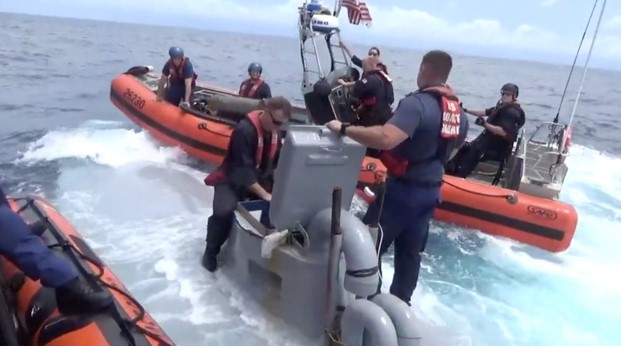
With the use of developing technology and ROVs, drug traffickers have also turned to new methods. Drug traffickers have begun to smuggle drugs into countries using old submarines. In response, security forces have also started submarine identification operations with AUVs on drug routes. ROVs are increasingly used because they are faster and safer on sea routes and port surveillance. Making surveys with ROVs is faster and safer, as using divers in these environments is very risky.
ROV 100 inceleme sınıfı (Inspection Class) mikro ROV ile karina inceleme ve liman denetimleri kolaylıkla yapılabilmektedir. Finike, Inspection Class Micro ROV allows for easy inspection of the ship’s carina and port control. Finike is a compact and lightweight ROV can be used both on land and on the boat, even by the most inexperienced users.
